Curt Wentrup
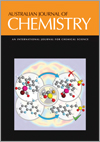
Australian Journal of Chemistry
Volume 74 Number 1 2021
Special IssueRACI and AAS Awards 2018–2020
Curt Wentrup
This special issue of the Journal presents papers authored by RACI and AAS award winners from 2018 to 2020.
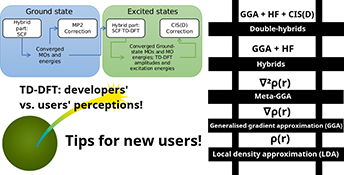
We provide users with a succinct overview of and recommendations for treating excited states of organic molecules with time-dependent density functional theory (TD-DFT), with a special emphasis on time-dependent double-hybrid density functional approximations which are currently the most robust TD-DFT methods.

The public–private interface is a vibrant and invigorating stage for drug discovery and can allow for relatively higher risk but more rewarding research. Although adequate resourcing is a perennial challenge, persistence, optimism, and flexibility will pay dividends and can allow for a thoroughly rewarding career. In this account of chronological research experiences, selected examples are used to support this contention.
CH20244 Abstract | CH20244 Full Text | CH20244PDF (1.5 MB) Open Access Article
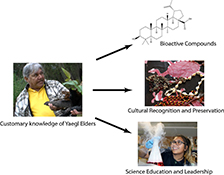
This paper provides a personal account of the Macquarie–Yaegl partnership, which commenced as a bush medicines research project and has been the catalyst for positive cultural change and educational outcomes that have benefited Australian Aboriginal people. This account showcases how as chemists we can collaborate with Indigenous communities in a manner that provides fulfilling research and societal benefits.
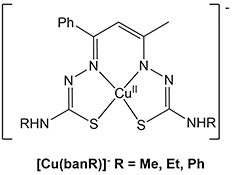
Bis-thiosemicarbazones derived from benzoylacetone exhibit complex and unusual chemistry upon reaction with copper, including the stabilisation of CuIII in a dimeric product of ligand oxidation.
CH20210 Abstract | CH20210 Full Text | CH20210PDF (2.6 MB) | CH20210Supplementary Material (1017 KB)
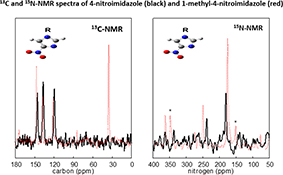
The complete 1H, 13C, and 15N NMR chemical shifts of 4-NI and CH3-4NI are reported for the first time and supported by accurate DFT calculations (within 2 % for 13C). The 15N chemical shifts, however, indicate that effects such as imidazole ring resonant structures and molecular dynamics need further investigation.
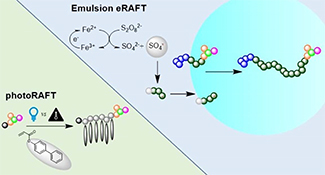
Electrochemically initiated RAFT (eRAFT) in emulsion provides rapid polymerization of styrene at ambient temperature. The electrolyte and initiator/mediators are located in the aqueous continuous phase separate from the product in the dispersed phase. Direct photoinitiated RAFT allows synthesis of high purity sidechain liquid-crystalline polymers free from low-molar-mass initiator-derived by-products.
CH20260 Abstract | CH20260 Full Text | CH20260PDF (1.5 MB) | CH20260Supplementary Material (1.7 MB) Open Access Article

The development of reaction conditions for the iodocyclisation of electronically resistant alkynes affords access to 2-carboxy (and sulfoxy)-3-iodobenzo[b]thiophenes that, among other things, can be employed in iterative coupling–iodocyclisation sequences for the synthesis of more elaborate ring systems.




